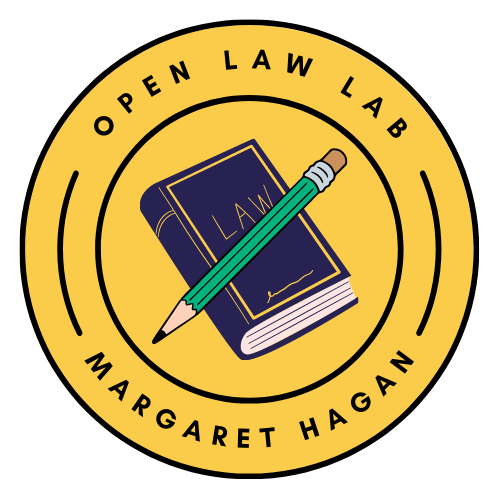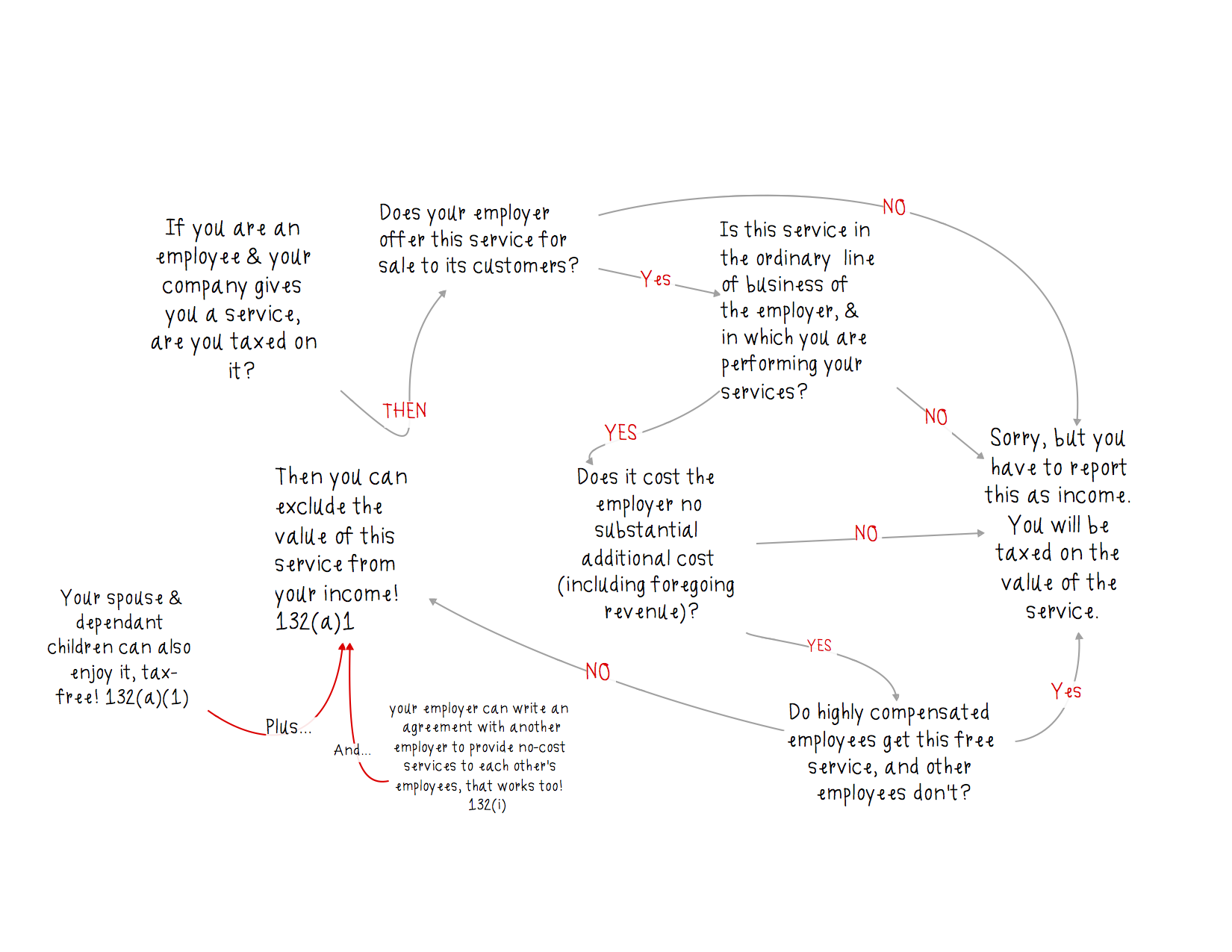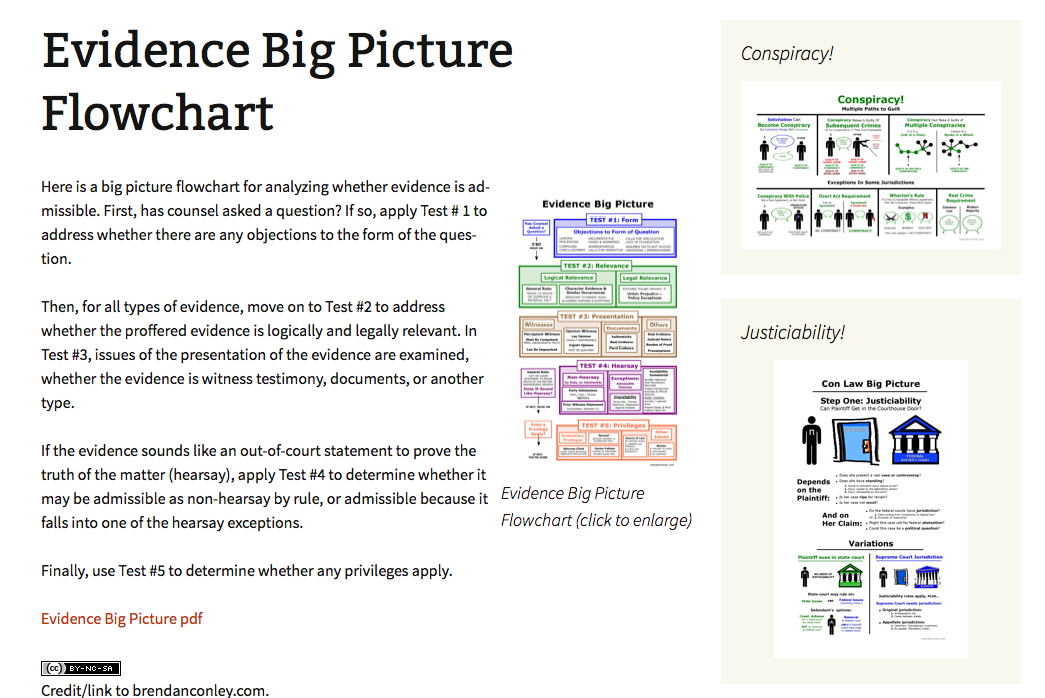Lois Lupica, working with IAALS and the Bohemian Foundation, made a guide for legal help providers about how to effectively communicate information to the public about the legal system and their rights. At the link, find the pdf of “Guidelines for Creating Effective Self-Help Information” with the guidelines, examples, and more details.




Here are the 10 guidelines, summarized
- Self-help materials should include linedrawn illustrations and visual depictions of concepts. Both have been shown to improve learning.
- Self-help materials must provide the seemingly mundane details of how the legal system works, including specific logistical information about how to interact with the formal legal system.
- Self-help materials should, to the extent feasible, include procedural, not conceptual, information.
- Deployable self-help materials must include clear and specific direction as to how to respond to actions taken in a legal proceeding.
- Self-help materials must help users overcome the challenge of necessary plan making and plan execution.
- Checklists and advanced organizers can provide the user with useful tools to keep organized and help them see the process as a whole.
- Legal jargon and complicated processes should be simply defined and clearly explained. The goal is to direct users, not educate them.
- Self-help materials must be written at a fifth-grade reading level and in a conversational style.
- Self-help materials should draw on and reflect communication theory at the level of the page, the sentence, and the word.
- Self-help materials should draw on presentation and graphic design theory developed in other contexts.
Read the report to get more examples, details, and citations.



